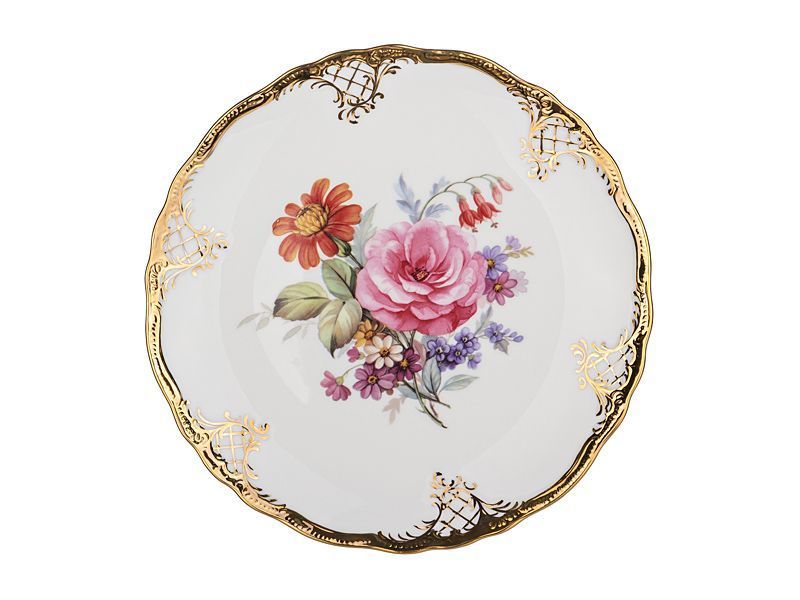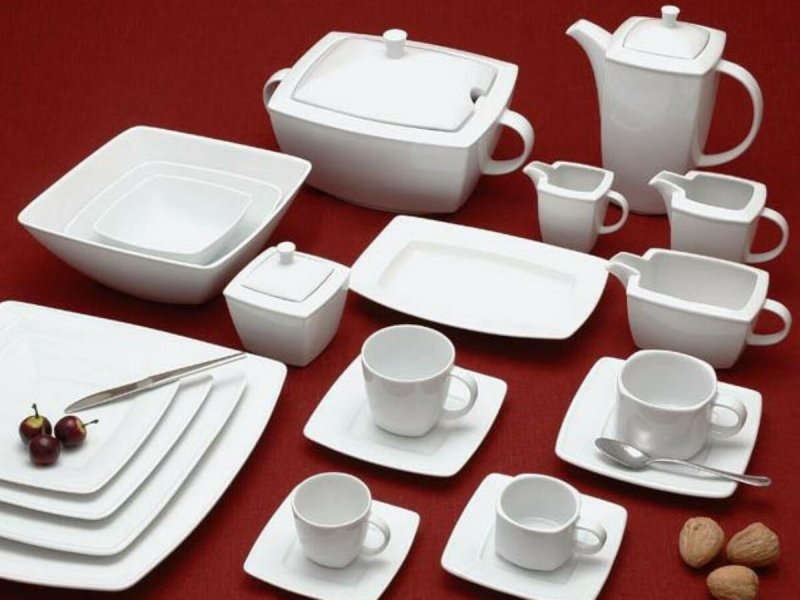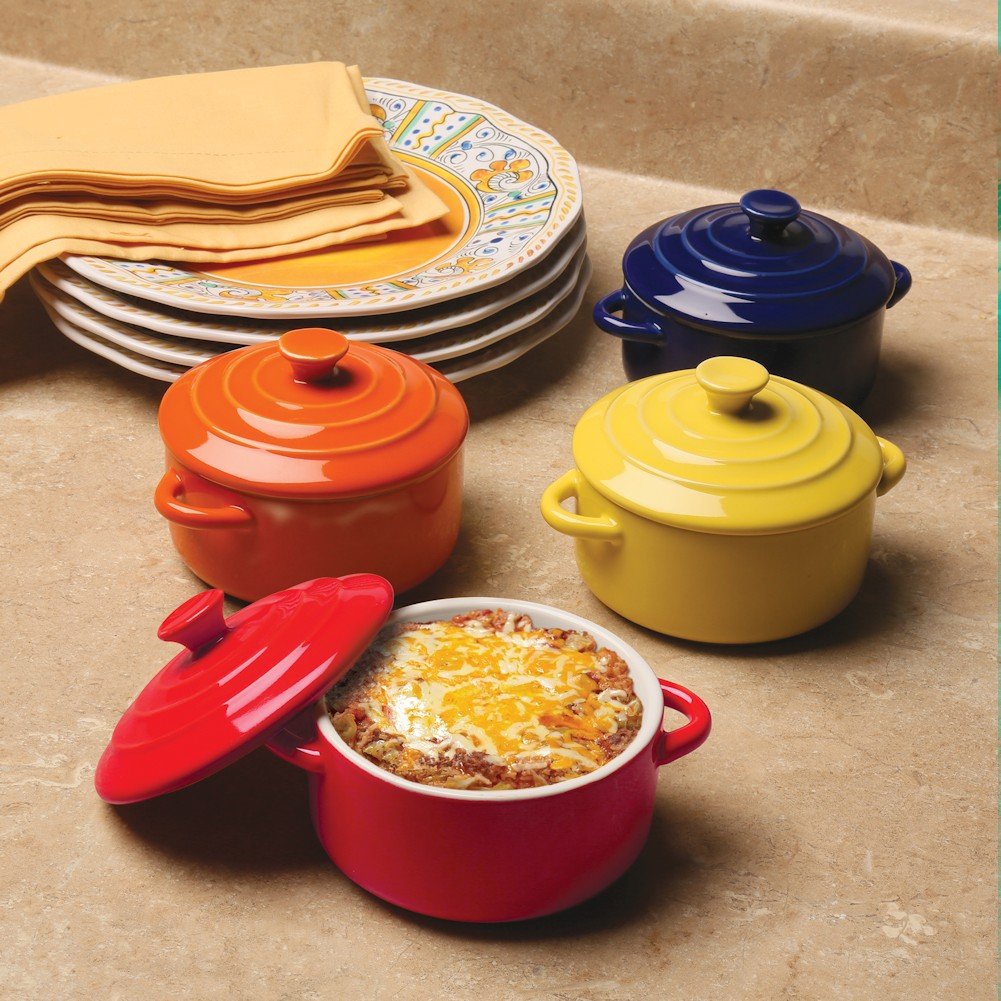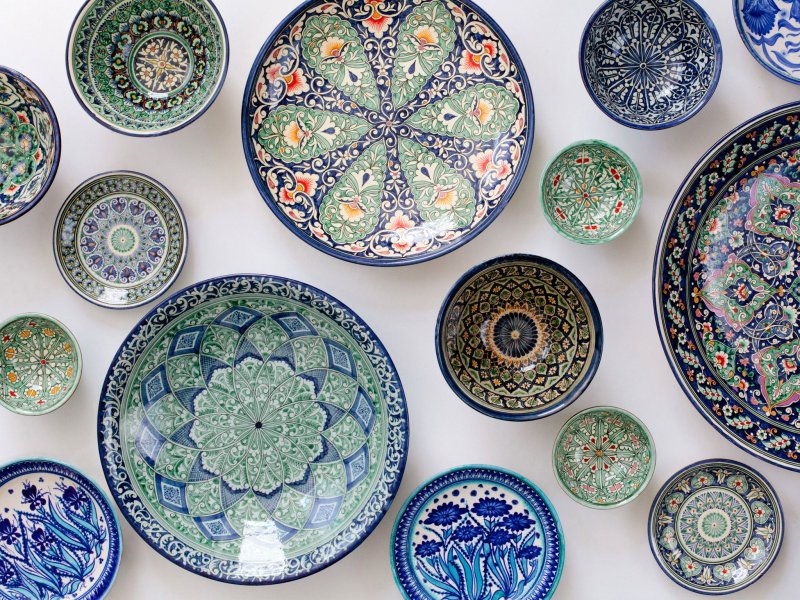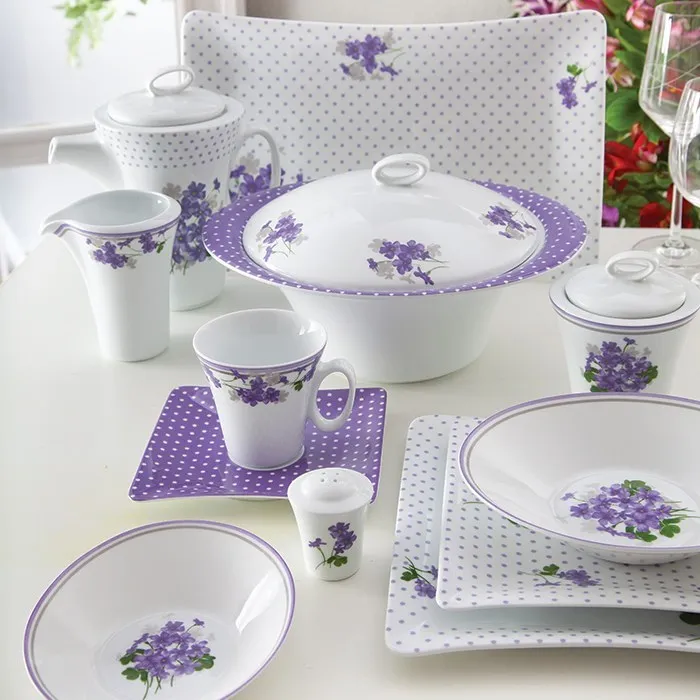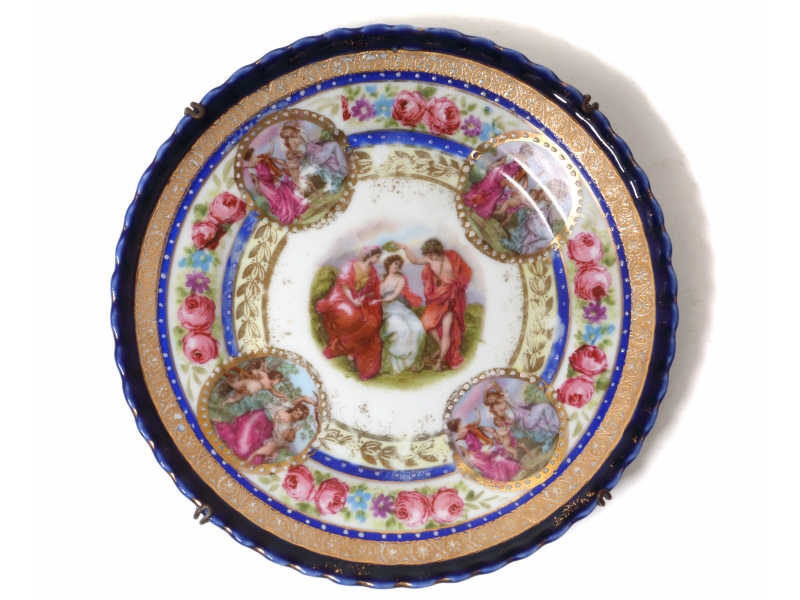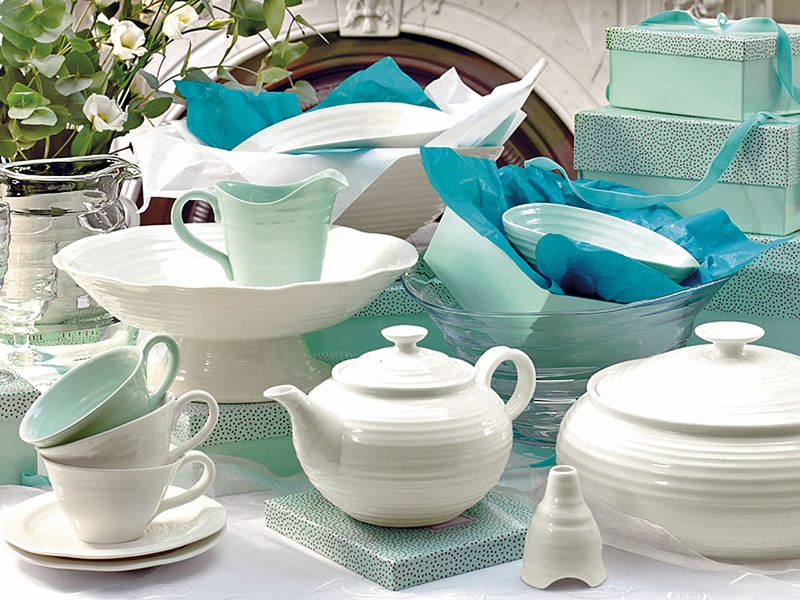Antique glass bowls are exquisite pieces of craftsmanship that hold a significant place in the world of antiques. These bowls have stood the test of time and have gained immense popularity among collectors and enthusiasts alike. With their elegant designs, intricate patterns, and captivating colors, antique glass bowls continue to mesmerize individuals with their beauty and historical significance.
Glassmaking has a long and rich history that dates back thousands of years. Ancient Egyptians, Romans, and Phoenicians were among the first civilizations to experiment with glassmaking techniques. However, it was during the Roman Empire that glassblowing techniques were perfected, paving the way for the production of more intricate and delicate objects such as glass bowls.
Over the centuries, various regions around the world developed their own unique styles and techniques for creating glassware. Some of the most famous glassmaking centers include Murano in Italy, Bohemia in the Czech Republic, and Bristol in England. Each of these regions has its own distinct characteristics and designs, making antique glass bowls from each area highly sought after by collectors.
One of the most iconic types of antique glass bowls is the Venetian glass bowl from Murano. Murano glassware is known for its vibrant colors, intricate patterns, and skilled craftsmanship. The glassblowers of Murano used a variety of techniques such as filigree, millefiori, and aventurine to create visually stunning and unique bowls. Venetian glass bowls often feature ornate handles, scalloped edges, and intricate enameled or gilded designs, making them true works of art.
Bohemian glass bowls are another favorite among collectors. Bohemian glass is characterized by its exceptional clarity, brilliant colors, and meticulous attention to detail. The craftsmen of Bohemia were known for their mastery of glass cutting and engraving techniques, which resulted in bowls with intricate patterns and stunning visual effects. Bohemian glass bowls often have intricate floral or geometric motifs and are highly valued for their precision craftsmanship.
English glass bowls, particularly those made in the Bristol area, are renowned for their elegant simplicity and timeless beauty. Bristol glassware was known for its clear glass, delicate fluting, and fine engraving. Many antique Bristol glass bowls feature intricate floral motifs, diamond-cut patterns, or engraved scenes, showcasing the skilled craftsmanship of the English glassmakers.
Besides the regional variations, antique glass bowls also reflect the design trends of different eras. For example, in the 18th century, Rococo-style bowls featuring scrolling designs, intricate gilt decorations, and delicate floral patterns were popular. In the 19th century, the Art Nouveau movement influenced the design of glassware, resulting in bowls with flowing lines, organic motifs, and a soft color palette. The Art Deco period of the early 20th century brought a more geometric and modern aesthetic to glass bowls, with bold shapes, angular patterns, and vibrant colors.
When collecting antique glass bowls, several factors determine their value and desirability. The condition of the bowl plays a crucial role, with collectors preferring specimens in excellent condition with minimal damage or repair. Bowls with original labels or maker’s marks are highly sought after as they provide authenticity and provenance. The rarity of the design or pattern, the reputation of the maker or glassworks center, and historical significance also contribute to the value of an antique glass bowl.
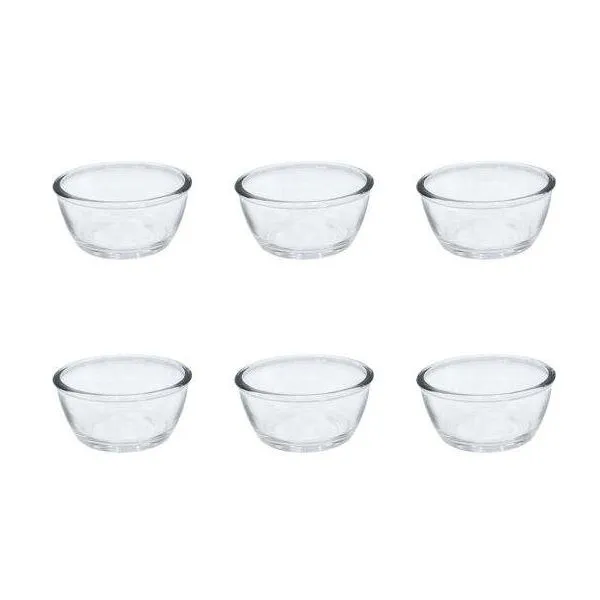
In addition to their aesthetic appeal and historical value, antique glass bowls also have practical uses. They can be used as decorative pieces, serving bowls, or even handed down as family heirlooms. Their versatility and timeless appeal make them a unique addition to any living space, adding a touch of elegance and history.
In conclusion, antique glass bowls are fascinating artifacts that showcase the skill and creativity of glassmakers throughout history. With their exquisite designs, intricate patterns, and vibrant colors, these bowls have captivated collectors and enthusiasts for centuries. Whether inspired by the Venetian artistry of Murano, the precision craftsmanship of Bohemia, or the understated elegance of Bristol, each antique glass bowl tells a story and offers a glimpse into the rich heritage of glassmaking. Whether you’re a collector or simply appreciate the beauty of these pieces, antique glass bowls have a timeless appeal that continues to enchant and inspire.Title: Antique Glass Bowls: Delicate Treasures for Collectors and Enthusiasts
Introduction:
Antique glass bowls are not only admired for their beauty but also serve as valuable collectibles for individuals with a passion for history and art. In this article, we will delve deeper into the world of antique glass bowls, exploring their historical significance, factors influencing their value, and their appeal to collectors. Additionally, we will explore the market for antique glass bowls and how individuals can engage in this unique business opportunity.
1. Exploring the History of Antique Glass Bowls:
To truly appreciate antique glass bowls, it is essential to understand their historical context. Ancient civilizations such as the Egyptians, Romans, and Phoenicians experimented with early glassmaking techniques. However, it was during the Roman Empire that glassblowing skills advanced, allowing for the creation of more intricate and delicate glassware, including bowls.
2. Regional Styles and Techniques:
Antique glass bowls exhibit distinctive characteristics based on their place of origin. For instance, Venetian glass bowls from Murano are renowned for their vivid colors, intricate patterns, and skilled craftsmanship. Bohemian glass bowls, on the other hand, are celebrated for their exceptional clarity, brilliant colors, and meticulous attention to detail. English glass bowls, particularly those from Bristol, are revered for their elegant simplicity and fine engraving.
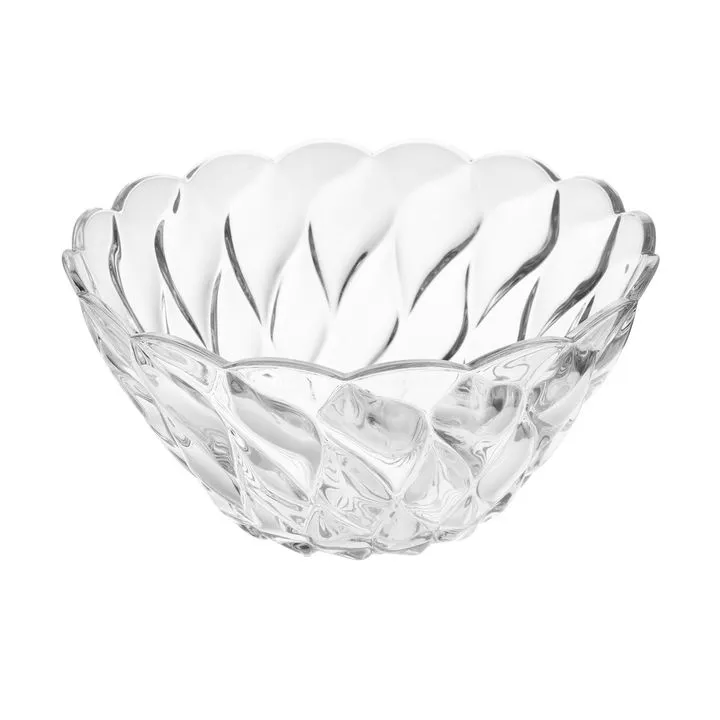
3. Design Trends and Periods:
Antique glass bowls reflect the design trends of different eras. For example, during the 18th century, Rococo-style bowls featuring elaborate gilt decorations and delicate floral patterns were highly coveted. The 19th-century Art Nouveau movement influenced glassware design, leading to bowls with flowing lines and organic motifs. The Art Deco period of the early 20th century brought a more geometric and modern aesthetic, with bold shapes, angular patterns, and vibrant colors adorning glass bowls.
4. Factors Affecting the Value of Antique Glass Bowls:
Various factors determine the value and desirability of antique glass bowls. The condition of the bowl plays a significant role, with collectors favoring pieces in excellent condition and minimal damage. Bowls with original labels or makers’ marks enhance their authenticity and provenance, making them more valuable. Rare designs or patterns, the reputation of the glassmaker or glassworks center, and historical significance also contribute to the value of an antique glass bowl.
5. The Appeal of Antique Glass Bowls to Collectors:
Collectors are drawn to antique glass bowls for a multitude of reasons. The craftsmanship and intricate designs allow collectors to appreciate the skill and creativity of glassmakers throughout history. The rarity of certain pieces makes them highly sought after, providing collectors with a sense of accomplishment when acquiring them. Additionally, antique glass bowls offer a tangible connection to the past, evoking nostalgia and historical fascination.
6. The Growing Market for Antique Glass Bowls:
The market for antique glass bowls has experienced consistent growth in recent years. With the increased interest in antique collecting, particularly in the field of glassware, demand for these exquisite pieces has surged. Auction houses, antique dealers, and online platforms cater to collectors searching for unique antique glass bowls to add to their collections.
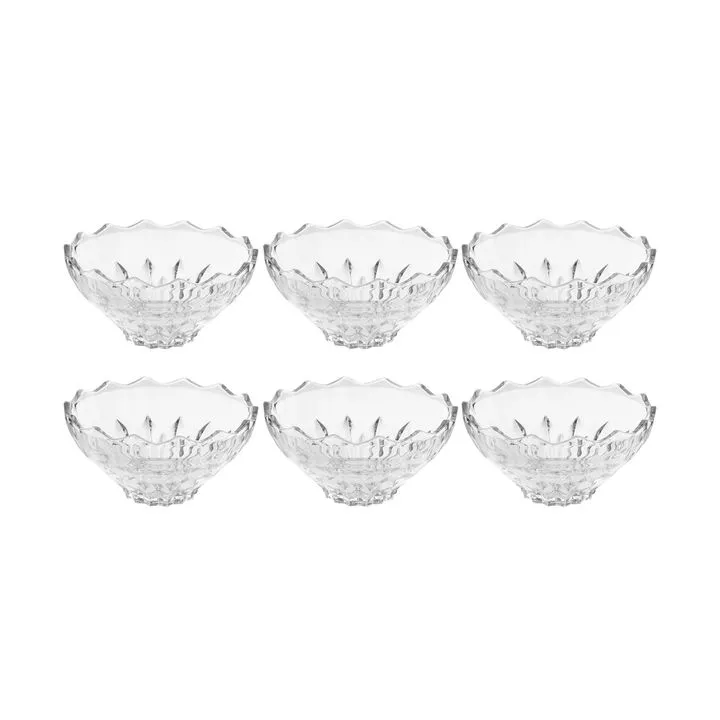
7. Identifying Authentic Antique Glass Bowls:
Authenticating antique glass bowls can be a challenge due to the presence of reproductions and imitations. Collectors should familiarize themselves with the characteristics, marks, and techniques commonly associated with antique glass bowls. Consulting experts, conducting extensive research, and establishing connections within the antique glassware community can assist in identifying genuine pieces.
8. Caring for Antique Glass Bowls:
Proper care and maintenance are crucial for preserving the beauty and value of antique glass bowls. Avoid exposing them to extreme temperatures and direct sunlight, which can cause damage. Handling them with care, using soft materials for cleaning, and storing them in a secure and protective manner will help prolong their lifespan and retain their pristine condition.
9. Investing in Antique Glass Bowls:
For individuals interested in venturing into the antique business, antique glass bowls present a unique investment opportunity. As their value appreciates over time, antique glass bowls can provide a lucrative return on investment. However, thorough market research, understanding of trends, and knowledge of authentication processes are essential to making informed investment decisions.
10. Showcasing Antique Glass Bowls:
Exhibitions, trade shows, and antique fairs offer platforms for collectors and sellers to display and trade antique glass bowls. These events attract a diverse audience of collectors, enthusiasts, and potential buyers, creating opportunities for networking and business collaborations. Additionally, showcasing antique glass bowls through online marketplaces and specialized antique websites can reach a broader clientele.
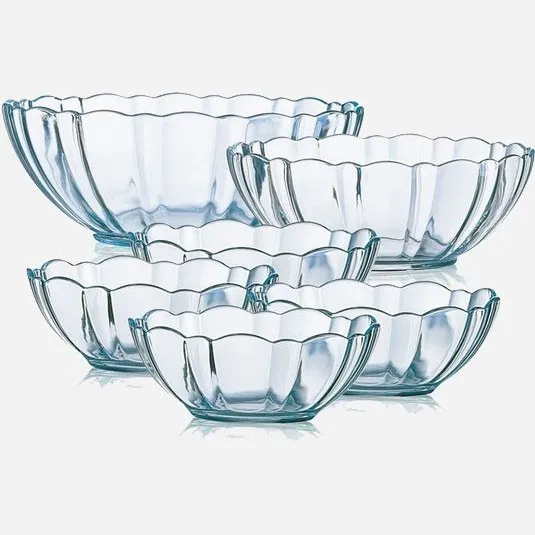
Conclusion:
Antique glass bowls encompass a rich history and artistic legacy that continues to captivate collectors and enthusiasts around the world. Their exquisite designs, intricate patterns, and vibrant colors make them highly prized and sought after. Whether as collectibles, decorative pieces, or investments, antique glass bowls offer both sentimental and financial value to those who appreciate their beauty. With careful research, understanding of market trends, and a passion for their craftsmanship, individuals can engage in the unique and rewarding business of antique glass bowls.
